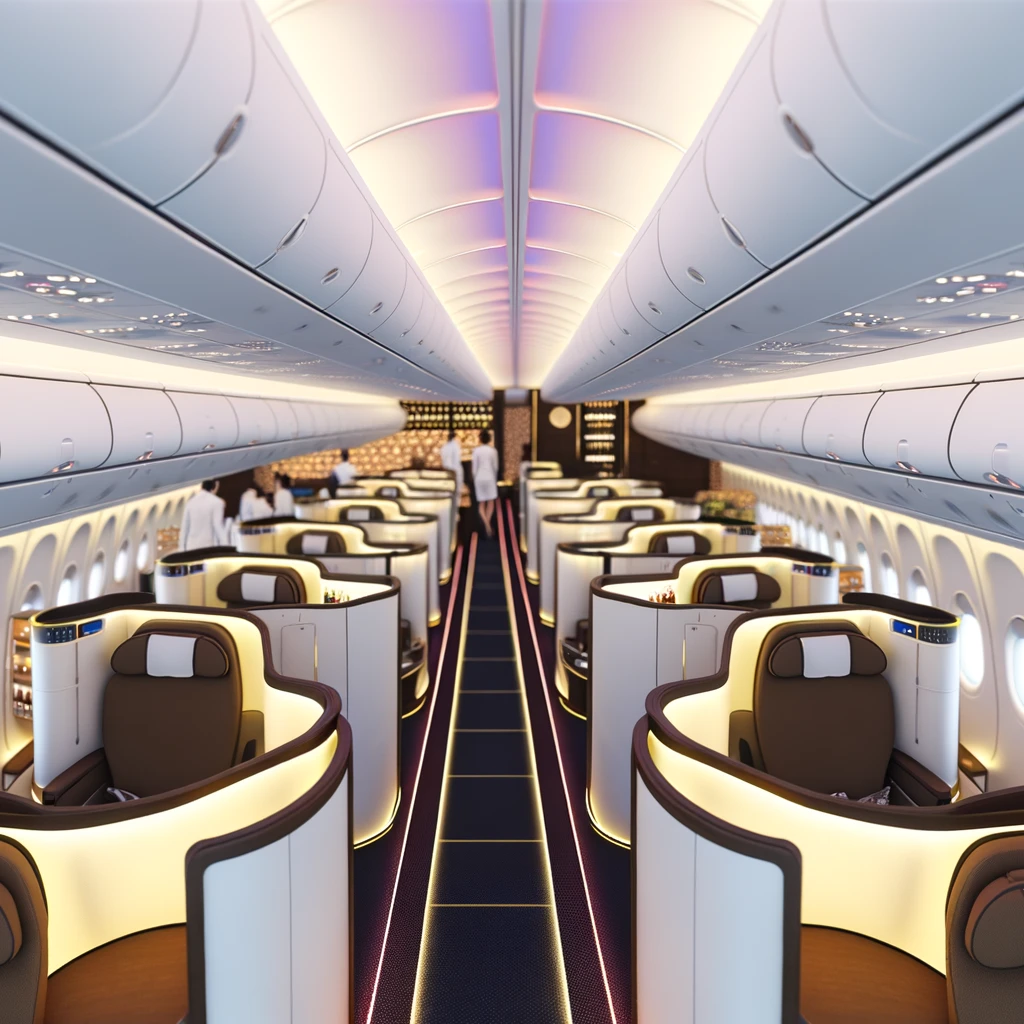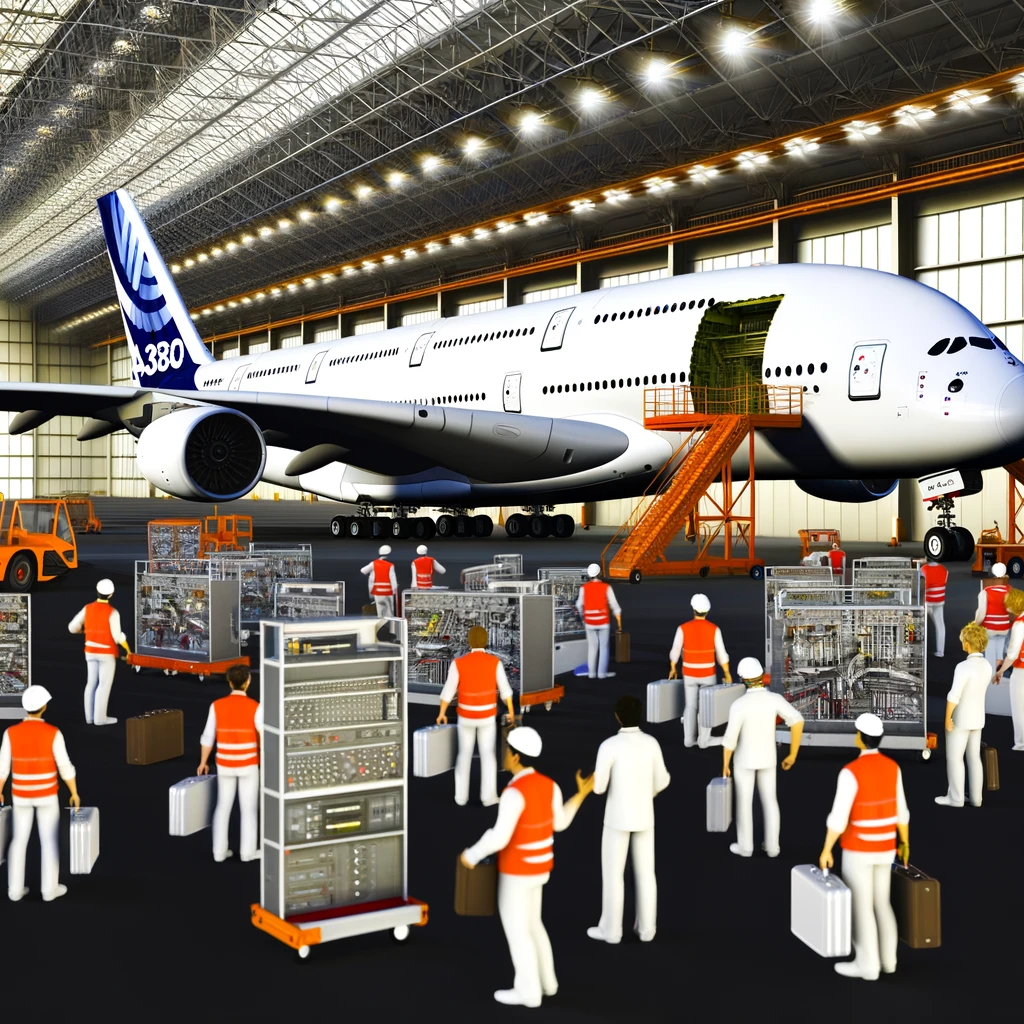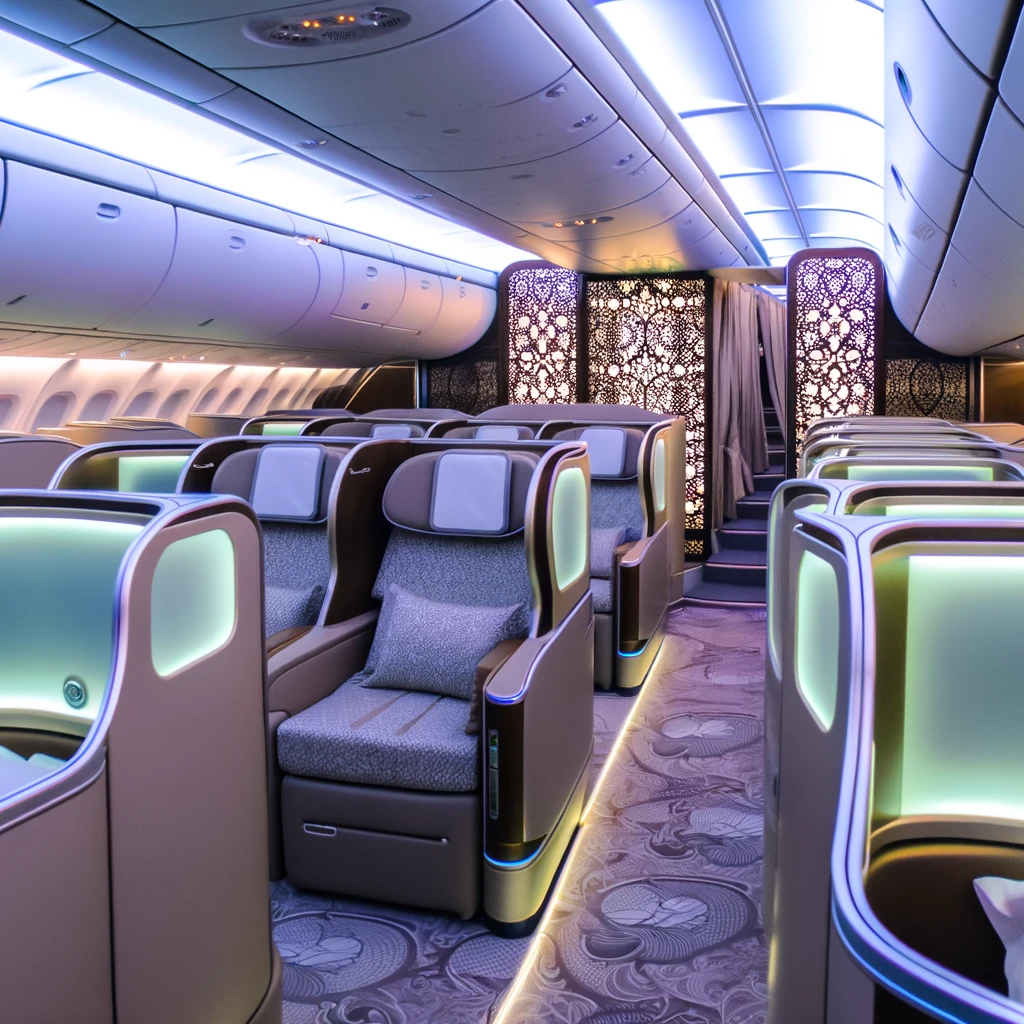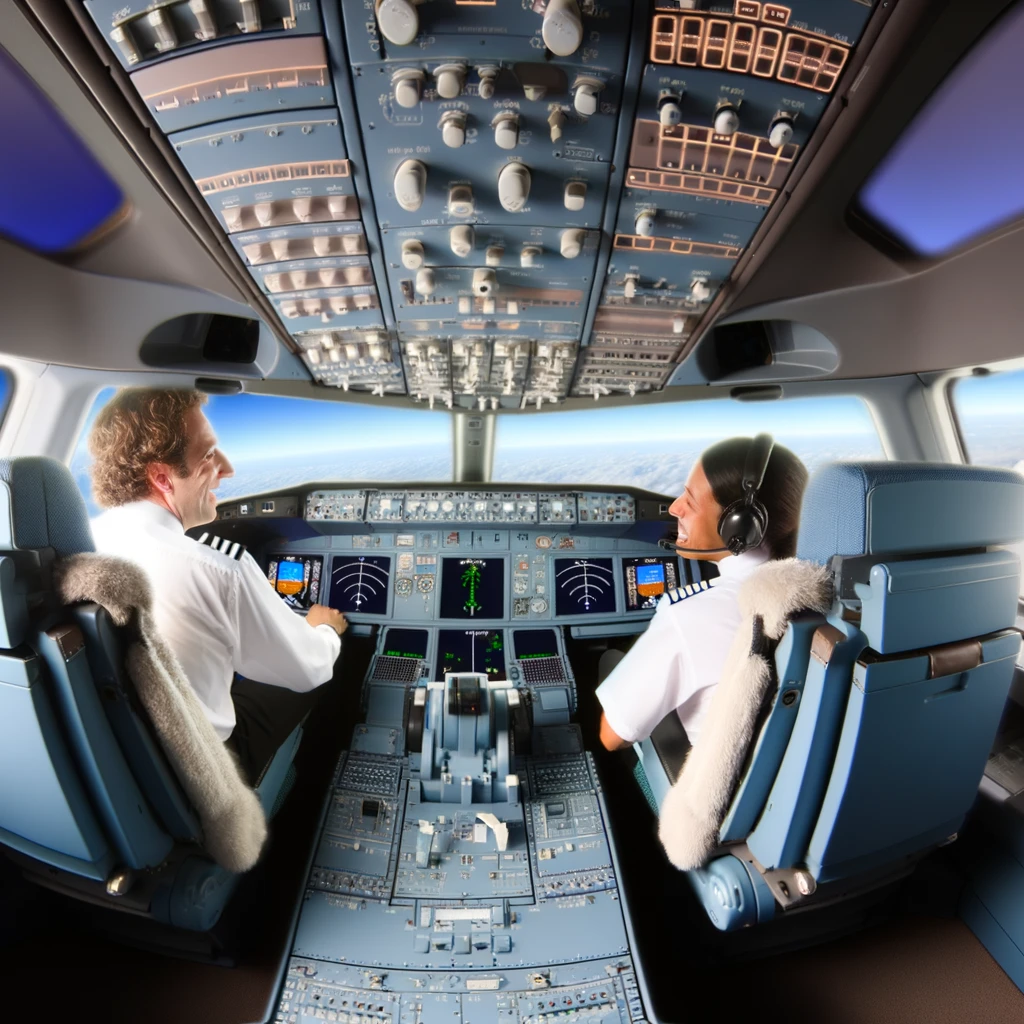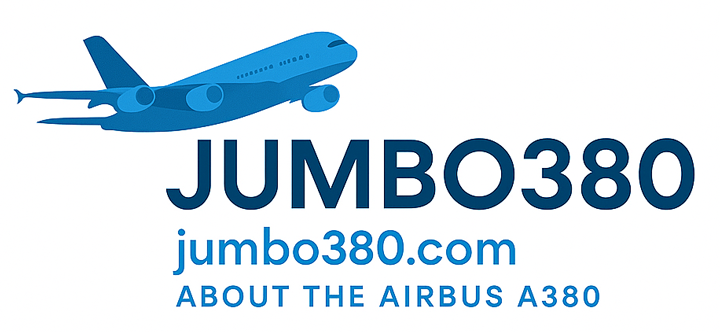
The Airbus A380: A Case Study in Global Collaboration
The Airbus A380 stands as a testament to the power of global collaboration in engineering and manufacturing. As the largest passenger airliner, it represents not just a marvel of aeronautical design, but also a complex symphony of international teamwork, innovation, and industrial achievement. This case study delves into the intricacies of its development, the collaborative efforts behind its creation, and its impact on the aviation industry.
The Genesis of the Airbus A380
In the 1990s, Airbus initiated the A380 project with a vision to create a 'superjumbo' that could efficiently transport more passengers than any aircraft before it. The primary motivation was to challenge Boeing's dominance with the 747, offering airlines a modern alternative with increased capacity and improved fuel efficiency.
Airbus's ambition required unprecedented collaboration among its partner nations and a commitment to break new ground in aircraft engineering. The project officially launched in December 2000, with a budget of approximately $10.7 billion, reflecting the scale and complexity of the endeavor.
Global Collaboration: The Core of the A380 Project
International Partnership
The Airbus A380 project exemplifies global collaboration, involving multiple countries and companies across Europe and beyond. The main partners included France, Germany, Spain, and the UK, each contributing different components and expertise:
- France: Responsible for the cockpit, forward fuselage, and final assembly in Toulouse.
- Germany: Manufactured the vertical tail fin and horizontal tailplane in Hamburg and Bremen.
- Spain: Produced the horizontal tailplane's leading edges in Getafe.
- UK: Designed and built the wings at Broughton and Filton.
Challenges and Solutions
Coordinating such a vast and complex project posed numerous challenges. Differences in language, culture, and regulatory requirements had to be addressed. Airbus utilized cutting-edge technology, such as digital mock-up tools, to facilitate communication and integration between teams. Regular cross-border meetings and a shared commitment to success helped to align goals and foster a cooperative spirit.
The Impact of the A380 on the Aviation Industry
Upon its first commercial flight in 2007 with Singapore Airlines, the A380 set a new standard for passenger experience, offering unprecedented comfort, space, and amenities. It allowed airlines to maximize slot-constrained airports by transporting more passengers per flight, thus optimizing their operations.
Despite its commercial success with flagship carriers, the A380 faced challenges from rising fuel prices and the shift in market preference towards smaller, more flexible aircraft. Nonetheless, its influence on aircraft design and airline strategies remains significant.
Legacy and Future Prospects
In 2021, Airbus announced the end of the A380's production, marking the conclusion of an era. While its production ceased, the A380 continues to inspire innovations in aviation technology and collaborative practices. Lessons learned from its development are applied to newer projects, emphasizing sustainability and efficiency.
The Airbus A380, beyond its sheer size and technical achievements, serves as a powerful example of what can be accomplished through international collaboration. It highlights how diverse teams can unite to overcome complex challenges and achieve extraordinary goals.
Conclusion
The Airbus A380 remains a symbol of ambition and international cooperation. Its development involved overcoming significant challenges, uniting diverse talents from around the world. While its production has ended, the A380's legacy continues to influence the aviation industry, demonstrating the enduring power of global collaboration.
Related Articles
